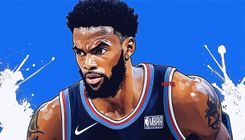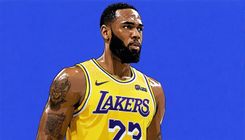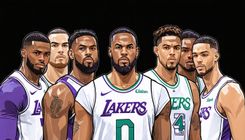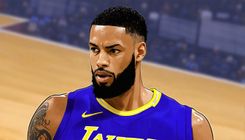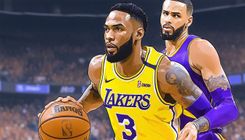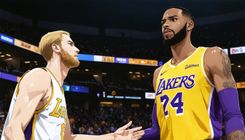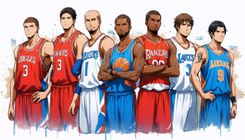LeBron James and the Future of the Los Angeles Lakers
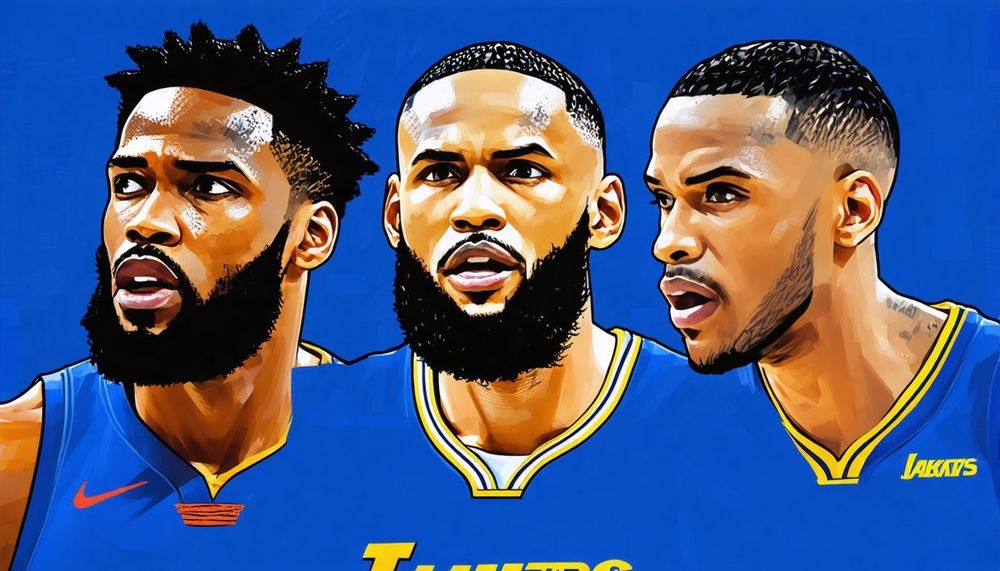
LeBron James recently demonstrated his commitment to the Los Angeles Lakers by opting into his current contract. This decision has led to speculation regarding the future of his tenure with the franchise, suggesting it may be approaching its conclusion. Insights gathered from numerous NBA executives and player agents indicate a consensus that James's choice to opt out and re-sign on a one-plus-one deal—where the second year would contain a player option valued between $55 million and $58.5 million—was contingent upon the Lakers' willingness to extend such an offer. If the Lakers did not propose these terms, the rationale for James to remain becomes considerably weaker.
Moreover, James possesses one of the rare no-trade clauses within the league, granting him full control over any potential trade scenario involving his departure from the Lakers. The Dallas Mavericks have emerged as a potential destination, reportedly ranking high on James's preference list. Notably, the future Hall of Famer has previously clinched championships with notable players such as Anthony Davis, Kyrie Irving, and Jason Kidd, who has recently served in a coaching capacity with the Lakers. Following their trade for Luka Dončić ahead of last February's deadline, the Mavericks are clearly focused on immediate success, particularly given that Davis is now 32 years old. Understanding that the Lakers may not consider a buyout for James, Dallas is prepared to relinquish depth, though they wish to retain both draft picks and certain players, including Klay Thompson, Max Christie, and Dereck Lively II. This situation opens the door for a hypothetical three-team trade involving the Mavericks and the Brooklyn Nets aimed at acquiring James.
In this proposed trade, the Mavericks would receive key pieces from the Lakers, while the Lakers would benefit by gaining more depth. The proposed deal includes non-guaranteed contracts for players like Drew Timme and Tyrese Martin with upcoming cut-down dates. For the Mavericks, maintaining a competitive roster requires James potentially foregoing a substantial trade bonus, alongside adjustments to achieve the necessary roster capacity. Even at nearly 41 years old, James is viewed as an essential player capable of elevating the Mavericks into upper-echelon contention. The Mavericks are willing to compensate for a significant reduction in depth, which may be essential if they prioritize adding high-caliber talent like James. The adjustments required in the deal, including addressing financial considerations in light of salary cap implications, suggest a shift in team dynamics, particularly as the Lakers look toward a future pivot around emerging talents, including Dončić.
As the Lakers consider their roster configuration, the focus seems to have shifted towards the summer of 2026. This timeline involves planning to utilize salary cap space in attracting a second star player. However, this strategy carries risks, particularly the possibility of squandering a transition year that could otherwise be utilized for immediate gains. Meanwhile, the Lakers have benefited from recent acquisitions, including veterans Deandre Ayton and Marcus Smart, although maintaining overall depth remains a concern.
Should the Lakers proceed with the trade, they would shift their overall identity while potentially benefitting from increased cap flexibility and financial relief, thereby mitigating the luxury tax implications. Additionally, the incoming players could provide essential contributions, along with draft capital. The eventual outcome of the trade could dictate the team’s competitive viability in the near future, particularly how the roster aligns with the aspirations that both James and the Lakers have had during their time together. The narrative continues to evolve, with implications transcending immediate transactional decisions and influencing long-term team strategies.
